Dota 2’s competitive meta can change at the drop of a hat. Professional players bring out fresh ideas and new schemes all the time, leading to an ever-evolving roster of heroes that seemingly change day-to-day.
In this Dota 2 hero tier list, heroes are roughly arranged in three tiers to signify their importance in the pro scene. About forty heroes are represented, though Dota 2’s balanced nature means that many more heroes are viable.
This isn’t an exhaustive list of the good heroes—they’re ranked by their popularity in the pro scene, where execution matters as much as the draft.
The conclusion of The International 11 Regional Qualifiers have given us yet more insights into the meta. Patch 7.32 and the proceeding 7.32b update have completely shifted the drafting priorities of pro teams. The game has since slowed down, with a worse experience curve and passive gold, opening up heroes with longer cooldowns that can immediately change the face of a teamfight.
Tier one heroes appear in almost every draft, whether it’s banned or picked. Their strength can come from their flexibility, allowing teams to easily slot them into lanes as they see fit, or overpowering might that no other hero can quite reproduce—or counter.
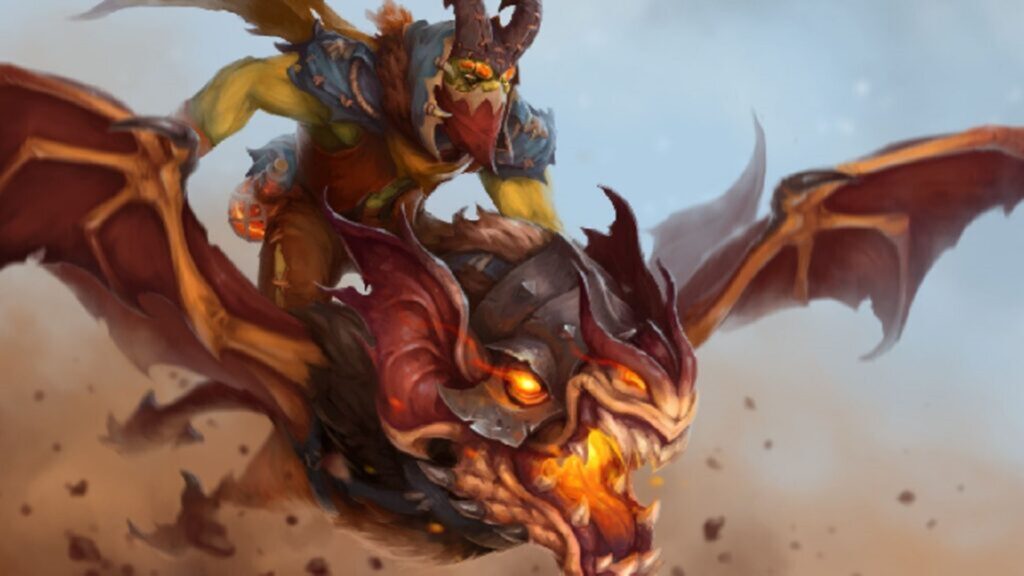
Batrider will always be one of the game’s strongest initiators. When the hero also becomes one of the strongest assassins, that’s when we get a balance issue.
The hero received one of its most groundbreaking changes, where Sticky Napalm now deals damage. That helps the hero become an even stronger laner than before, especially in a short lane like mid, and gives extra oomph later into the game. Any Lasso-ed target can kiss their life goodbye — and that’s after several nerfs in 7.32b.
Builds have become nearly standardized with Batriders, opting for Boots of Travel into Blink Dagger, Black King Bar, and Aghanim’s Shard — which has become more reliable now that it applies Napalm every other attack. Next item choices include Aether Lens, for easier initiations, or Witch Blade, for better damage — though most eventually get both. Octarine Core often rounds out the build, allowing you to be constantly flying and peppering enemies with Napalm and right clicks.
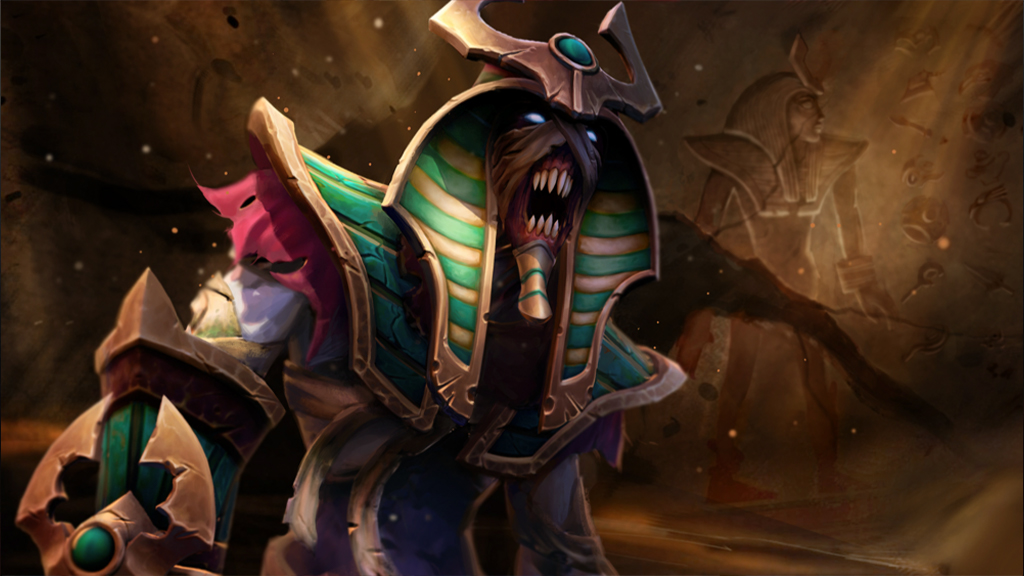
The biggest change to Undying was a Decay buff that no longer “modifies health when expiring.” This means that Undying effectively healed, and enemies took damage, from the spell, and is now far more obnoxious.
This one change alone, despite nerfs to the hero’s other spells, single-handedly elevates the hero’s status as a possible core. Already known as a lane dominator as a support, Dirge suddenly becomes a viable offlaner that constantly saps the health of the enemy carry.
Otherwise, he’s still very much the same hero. It’s always difficult to fight into Tombstone, unless you have specific counters for it. Flesh Golem is a damage amplification spell that works on Roshan, making it far more valuable than just a normal teamfight spell.
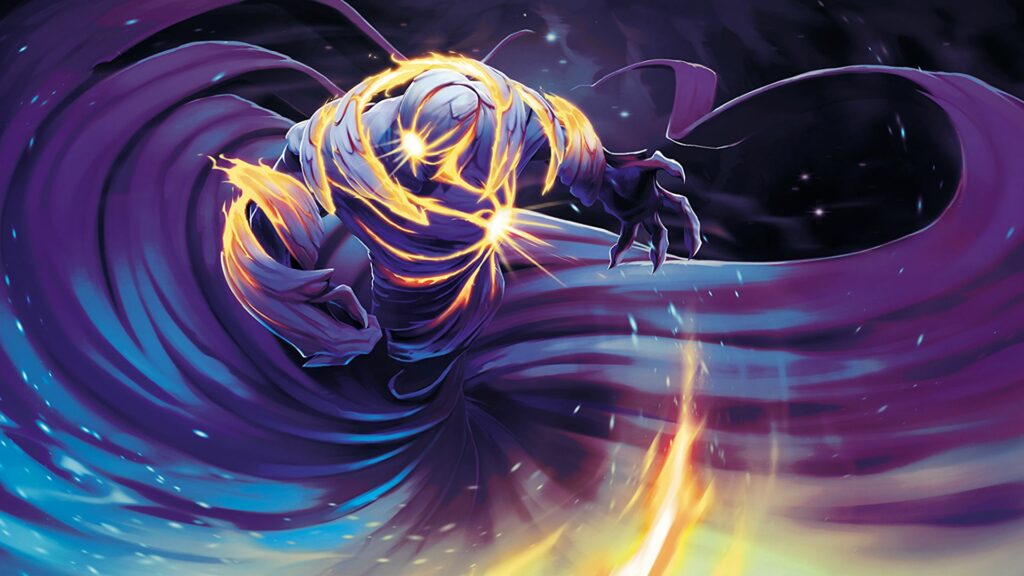
Enigma received a relatively small change in 7.32, changing his Aghanim’s Shard upgrade from a pulling Black Hole to improving his Malefice. That, however, modified the dynamic of the hero enough for him to be a perennial drafting presence.
Demonic Conversion is still a fantastic laning spell that constantly denies ranged creeps, guaranteeing frustration on the side of Enigma’s laning counterpart.
The hero has also become less reliant on his Black Golem making him more palatable when playing into counters like Rubick or Silencer. The Consumer of Worlds can instead focus on just spamming Malefice and Midnight Pulses in the fight, aided by his more versatile Shard upgrade. But forget about his ultimate at your peril — Enigma remains perhaps the singular best teamfight hero in Dota, and a Refresher Black Hole can spell the doom of any lineup.

The initial 7.32 patch wasn’t kind to Marci, but 7.32b has gone a long way toward remedying the hero in the public eye.
Losing the instant initiation and stun on her Dispose hurts, but the hero is arguably stronger than she was pre-patch. Instead of being the best sidelane support, she’s now more of a lane dominating core, thanks to numerous buffs to her Sidekick, Unleash, and base strength.
Though she has trouble farming, all she really needs is a Black King Bar and Skull basher — everything else is a luxury. It’s no surprise to see her outpunch cores that have far higher net worth than her, making her weakness generally moot. She’s perhaps the most versatile hero in Dota now, capable of being played across all five roles — though standard protocol leaves her as a position three to five.
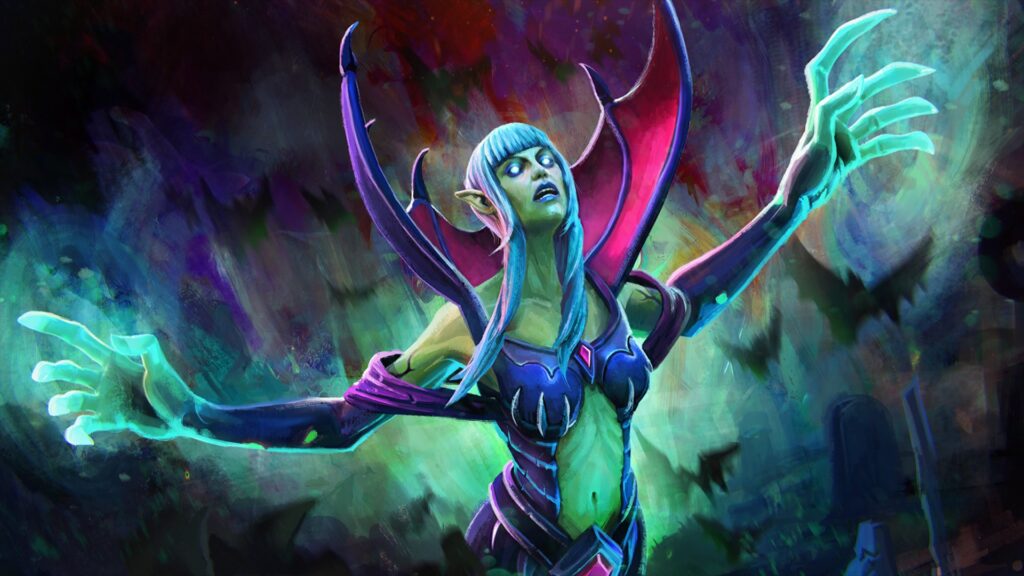
Even when Razor and Viper have taken a step back, the ranged offlaner fad continues to flourish.
Death Prophet’s 7.32 report card at first read like a massive nerf, changing her Spirit Siphon from scaling with max HP to just flat damage. But up until about 1,200 health, her new Siphon deals more damage, making it far more terrifying in lane when hit points are still low. Now almost exclusively played as position three, the Siphon is always a threat to common carries and supports, preventing any sort of favorable trade for her enemies.
Even after a flurry of nerfs in 7.32b, she’s still the same monster. Exorcism is a versatile spell that’s poppable for fights, pushes, or Roshan. Silence is always a decent disable, and Crypt Swarm is a standard nuke. Krobelus is just a safe, well-rounded hero that can take over lanes and games because of her busted numbers — and thus, almost always ban-worthy.

Faceless Void is the most popular position one in Dota 2, due to his unmatched combination of carry and initiation potential. He’s still not the best laner, but early points in Time Dilation help mitigate the issue by giving him AOE slow and damage.
Time Walk even received a buff in 7.32, giving him additional length to jump into fights. Instantly picking up his Shard upgrade, which allows him to Reverse Time Walk, has become popular in the pro scene. This gives him the chance to jump in and out of fights, hopefully baiting out key spells from opponents.
Chronosphere has remained virtually unchanged, but Void now deals far more damage in it thanks to his level 20 talent, which gives him 120 attack speed in the bubble. It practically guarantees a solo kill on a core every time he pops his ultimate later into the game, ensuring comfortable power scaling for Darkterror.

Tier two heroes are safe and stable picks that don’t usually warrant instant bans or picks. While not as oppressive as the heroes in tier one, they can equally strong in a match that favors their skillset.
Of the heroes here, several of them are threatening to close in on tier one status.
The zoo strat never truly dies, evident from some of the more popular heroes like Visage, Chen, and Beastmaster. These three heroes, while perhaps not as oppressive in the lane as somebody like Marci or Undying, more than make up for it later in the game with powerful summons.
Visage leans more toward an assassin or aura build, focusing on items like Wraith Pact or Aghanim’s Scepter depending on fit and farm priority. Beastmaster is still one of the few heroes that purchase Helm of the Overlord and almost always has superior vision thanks to Hawk. Finally, Chen is perhaps the easiest to play it’s ever been — simply stack powerful auras from neutrals for an unstoppable push.

The other heroes in the tier seem to track along with the initial assessment — longer cooldowns are less of a problem for heroes, as long as they have a way to change the fight with powerful spells or ultimates.
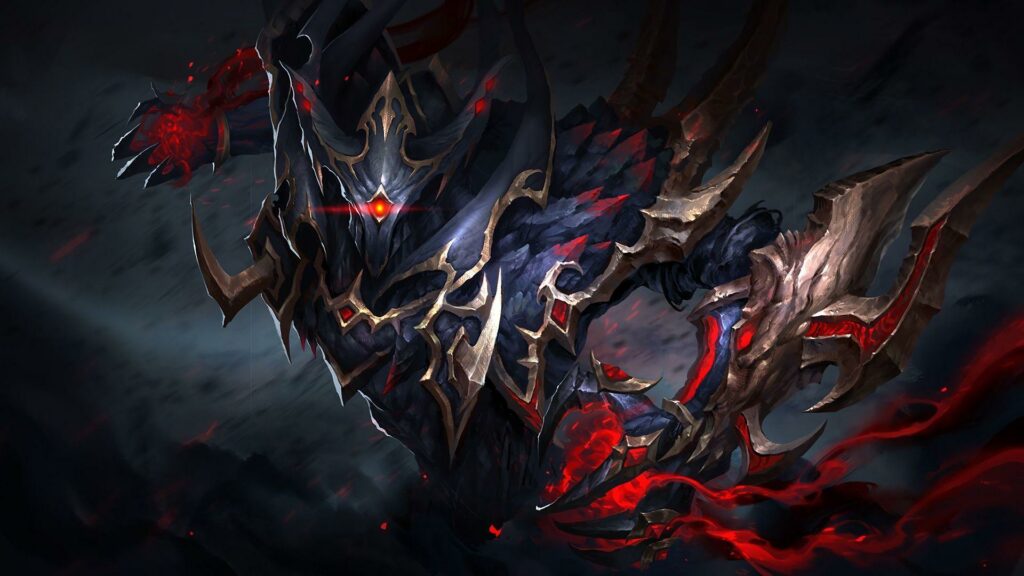
The heroes in tier three appear here and there, but are popular enough to be recognized as powerful additions to a team’s draft. They can be cheesy last picks that are impossible to deal with, mesh perfectly with a player or team’s play style, or serve as niche counters to some popular heroes.
Shadow Fiend is becoming one of the stronger laners in the meta, often tasked with going to the safe or midlane. A small base damage buff in 7.32 is always welcome for a hero that struggles to right click early on. But it’s the change to Shadowraze, giving it a stackable turn rate and movement slow, which has transformed Nevermore into a terrifying kill lane — with or without a partner.
Entity’s Ivan “Pure” Moskalenko is probably the best example of a safelane SF, while Xtreme Gaming’s Zhang “Paparazi灬” Chengjun remains a maestro on the hero in mid.

Slark is another hero whose fortunes have been transformed because of the new patch. With his Pounce now giving him Essence Shift stacks instantly, he is now a much more reliable fighter. Pros also abuse his Shard, Depth Shroud, exceedingly well, as a bonus defensive tool that most hard carries don’t possess.


